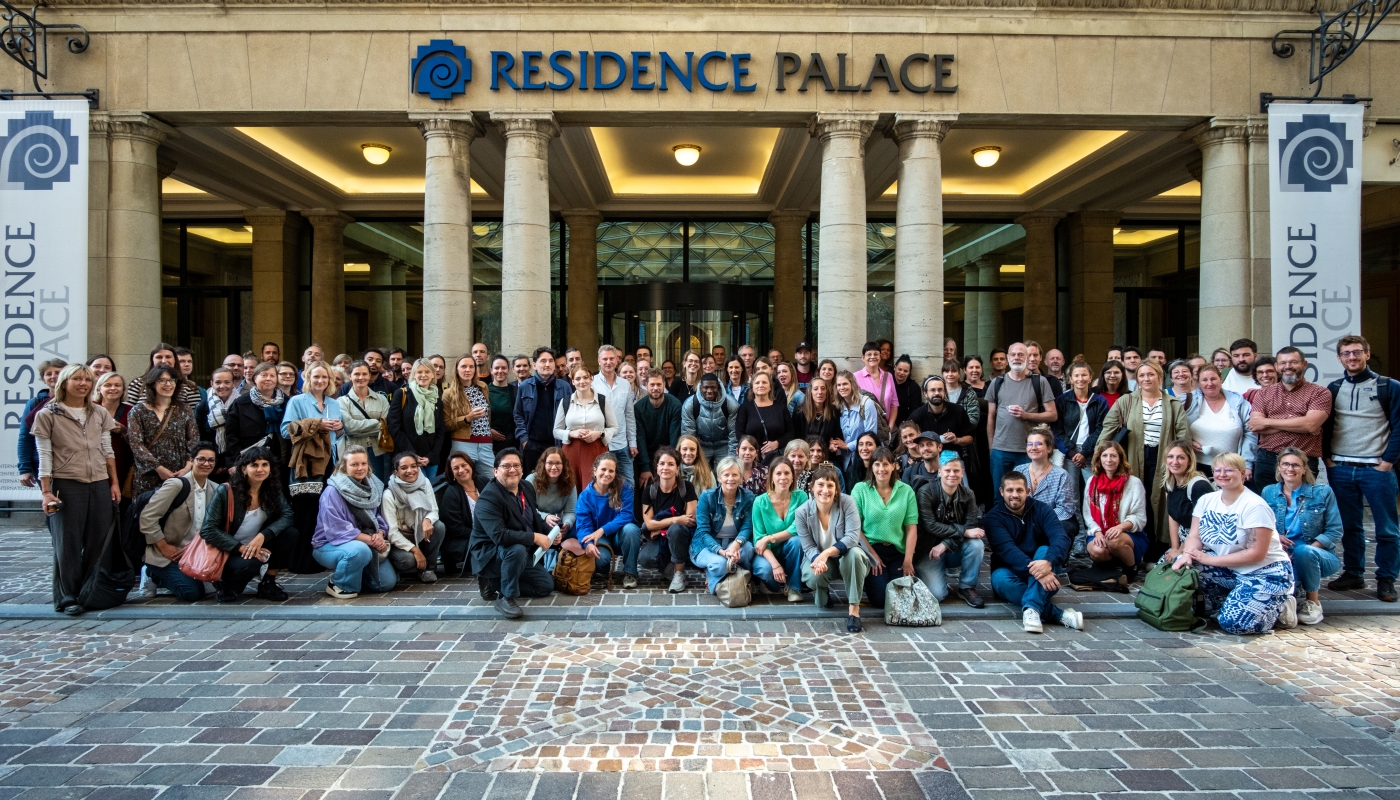In September, Housing First celebrated its tenth anniversary. To mark this event, Housing First teams from all over Belgium gathered in Brussels to take stock of this decade.
Reminder: what is Housing First?
The concept of Housing First is inspired by similar projects developed in the United States. This system affirms access to housing as a fundamental right and aims to include, through housing, particularly vulnerable homeless people, who often lack suitable solutions among the existing mechanisms.
In other words, the Housing First model allows the most vulnerable people to be taken off the streets without conditions or intermediate steps, such as emergency accommodation or rehabilitation centers. To ensure that they remain in housing, it provides intensive, personalized, and multidisciplinary support on their path to recovery.
In Brussels, where seven associations are participating in the project, close to 90% of the nearly 300 people who found a home under the Housing First programme, stay there. This remarkable figure illustrates the effectiveness and relevance of this approach.
Evolution of Housing First projects in Brussels
A collaborative dynamic at the service of the Housing First model*
The Housing First (HF) model took root in Brussels in a complex climate. While the authorities only financed human resources without guaranteeing structural access to housing, the actors in the sector quickly realized the importance of collaboration. In 2015, the first meetings of the "Dome" were then set up: an essential space for exchange and cooperation that now brings together seven teams around the values and practices of HF and allows them to speak with one voice.
A platform for exchanges on practical and strategic topics
The Dome, which meets every month, is a point of convergence to address the issues related to the development and implementation of the HF model in Brussels. The exchanges are not limited to theoretical discussions but encompass various practical aspects of field work. Team coordinators share their respective realities, work on joint projects, and collaborate with other actors in the sector.
This cooperation also creates a collective strength that allows associations to position themselves in a united way during discussions with public authorities in the homelessness sector. This happened, for example, in the plea for the multiplication of HF projects rather than their simple expansion or for the commitment to the adoption of a quota of social housing reserved for homeless people, which, thanks to concerted efforts, was crowned with victory this year. Common positions adopted within the Dome also helped in the ongoing approval procedures of our projects, which is crucial for defining target audiences and securing funding. Thanks to fruitful collaboration with the COCOM administration regulatory texts were refined and improved, guaranteeing a better match with the needs of users and teams.
Collective innovations
The collaboration between HF projects has also given rise to several innovative cross-cutting initiatives. The Logistics Response Service (SIL), for example, has made it possible to pool the logistical tasks related to moves, thus lightening the load on the teams and allowing projects to better focus on their main mission. Other projects, such as Affiliation and Montessori, have been co-created to facilitate the support of HF tenants, with a focus on community connection and inclusion.
Temporary occupancy projects, such as Sorocité, also show how joint efforts can turn challenges into opportunities, focusing resources on specific sites to provide better tenant care.
Training and knowledge
Another pillar of this collaboration is training and the exchange of good practices. Cross-training sessions not only standardize fresh knowledge among professionals, but also strengthen the collective knowledge about the HF model. The "HF Lunches" and "Responsible Housing Lunches", where workers share their experiences and practices, promote better joint creation of appropriate tools and support materials. Sharing practical tools, such as model partnership and evaluation agreements, also promotes standardization and efficiency at the team level. This minimizes redundancy of effort and maximizes the ability of projects to strengthen each other reciprocally.
Conclusion
In short, the convergence of HF projects in Brussels illustrates how collaboration can improve the implementation of a theoretical model in a practical context. Although challenges persist, particularly in terms of access to housing, the solidarity and collective work of the HF teams have not only allowed them to move forward, but also to do so faithfully in relation to the fundamental principles of the model. The constancy of collective exchanges and innovations is therefore crucial to deepen the impact of Housing First in the Belgian capital. With the support of the HF Lab at the national level, these efforts can become a real lever for action for the future.
*text based on a presentation by Audrey Couteaux, Housing First coordinator at Infirmiers de rue and Aline Strens, Housing First coordinator at Diogène ASBL, on the occasion of the 10th anniversary of Housing First on 20 September 2024 in Brussels
Photo © Housing First Lab

